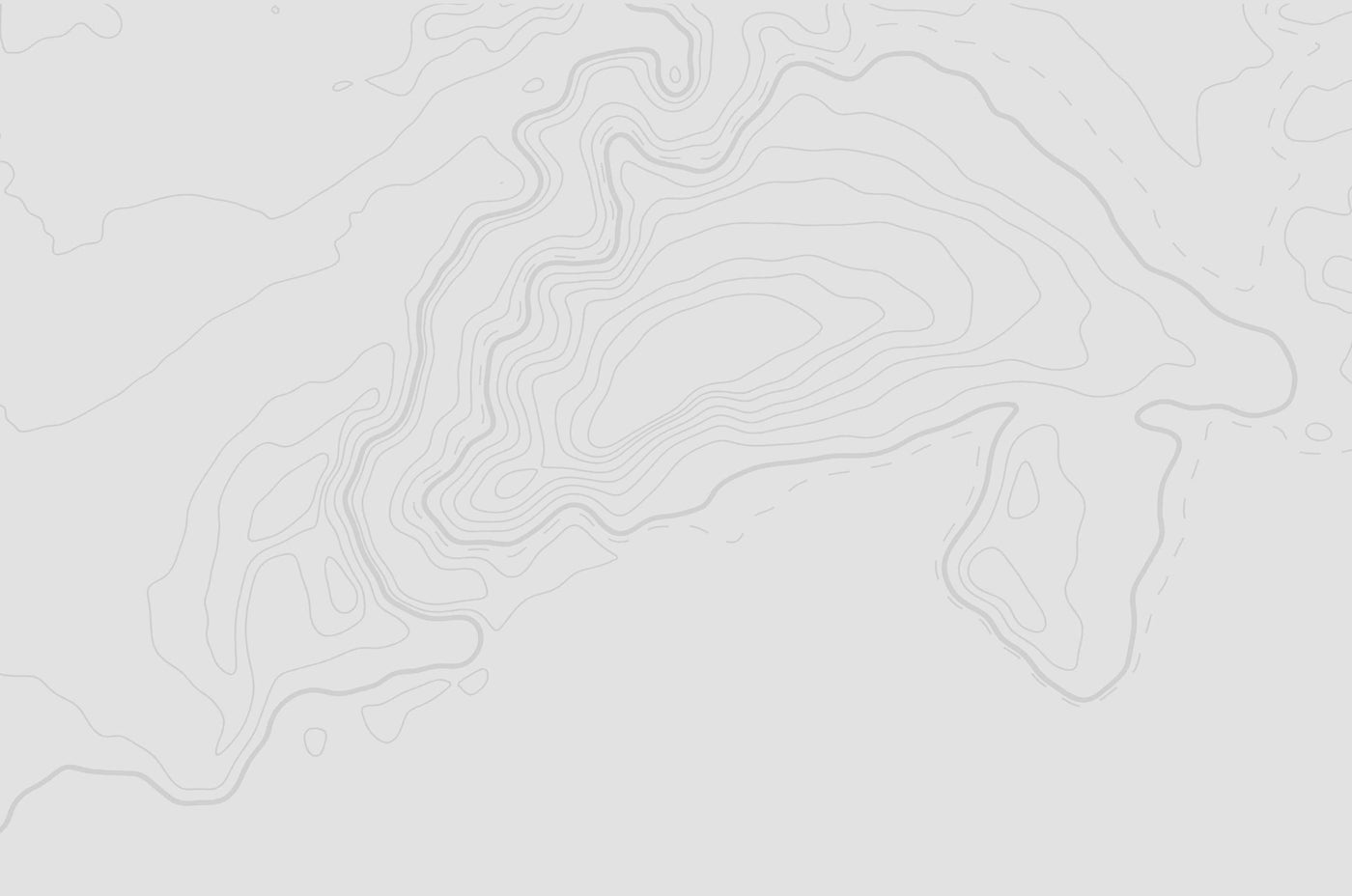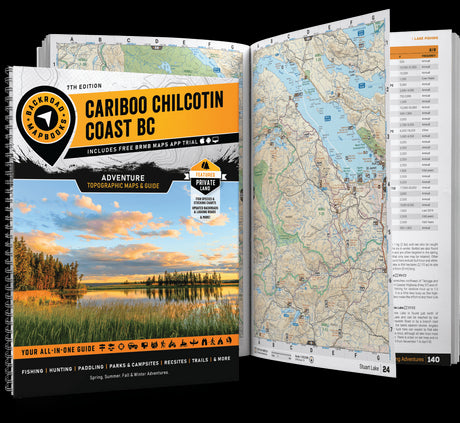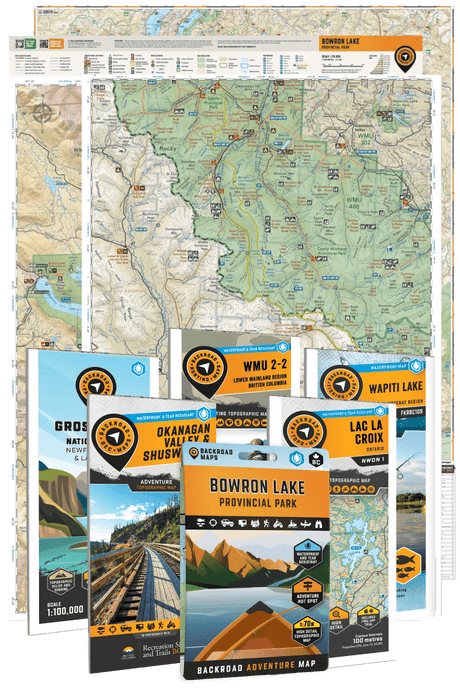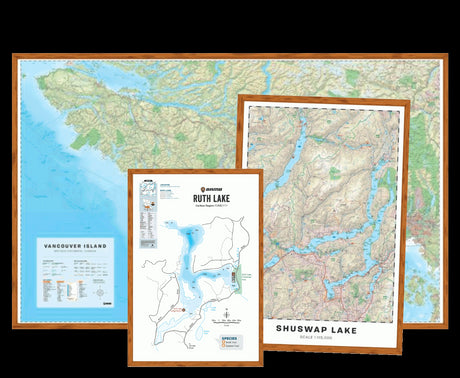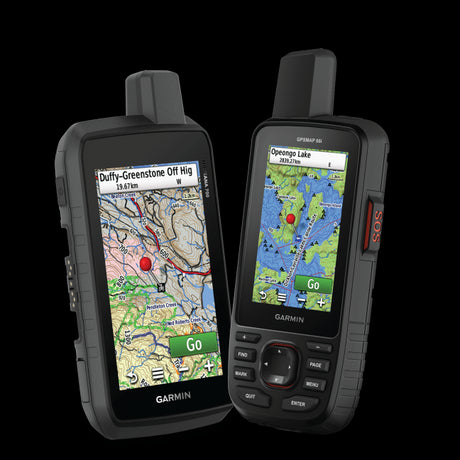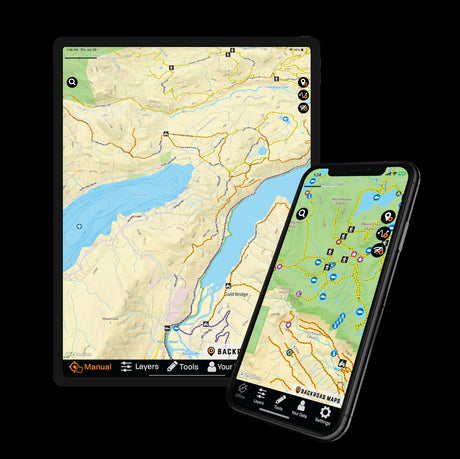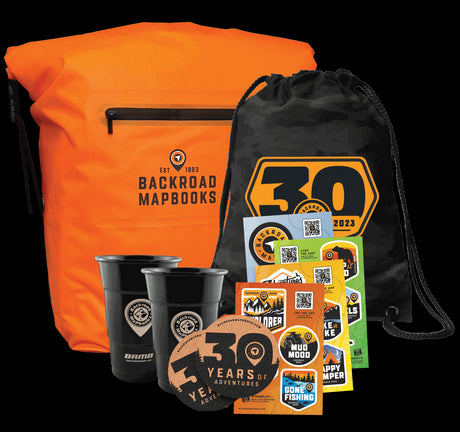The Trans-Canada Highway travels through the southern and more populated area of Manitoba, passing through Winnipeg, where over half of the province’s population resides. This area of the province features a diverse mix of tall grass prairie, pine forest and even desert-like sand dunes in the south and slowly transitions into the majestic rock of the Canadian Shield as the landscape moves north. Join us on a scenic road trip across the province, highlighting interesting destinations and attractions along the way!
Adventures in Whiteshell Provincial Park
Crossing out of Ontario, the Trans-Canada Highway leads into Whiteshell Provincial Park immediately after entering the province. The park is home to rushing rivers, clear, deep lakes, warm sandy beaches and jack pine forest. Regardless of your outdoor pursuits, this park has something for everyone. The two large lakes, Falcon and West Hawk, set on either side of the highway, offer anglers northern pike, lake trout, smallmouth bass and walleye. Many of the smaller lakes surrounding these hold stocked brook or rainbow trout. Paddlers can visit the rock tunnels at the north end of Caddy Lake, and hikers can explore a network of trails at Falcon Ridge. Those staying overnight can set up in one of the front country campgrounds found on the two lakes, while others looking for less rough and tumble will find several resorts.
ATV Riding in Sandilands Provincial Forest
Continuing west on the Trans-Canada Highway leads into the Sandilands Provincial Forest. Consisting of sand hills, forests, wetlands and Crown land, this is the ATVing hub of Manitoba. Riders will find everything from easy family rides to hard-core mud and deep water. The Woodridge Campground (woodridgecampground.ca) is a great base camp, as some trails start right at the campground. With over 300,000 hectares (741,315 acres) of forest to explore, including the Eastman, Reynolds Ponds and Woodridge Sandhog Trails, there is no shortage of places to ride. Connect with the local clubs, the Eastman ATV Association (eastmanatv.com) or the Woodridge Sand Hogs (woodridgesandhogs.ca), which maintain trails in this area.
A Visit to the Capital - Winnipeg
From Sandilands, the capital of Winnipeg is a short drive away. Once again, there are endless opportunities for explorers. Outdoor lovers can visit Fort Whyte Alive (fortwhyte.org), a wilderness getaway in the heart of the city with lakeside nature trails, an interpretive center and more, or they can explore the 283 hectare (700 acre) Assiniboine Forest. Those into historic buildings and historic sites can check out the Battle of Seven Oaks site, the Confederation Building, Grey Nuns’ Convent, Maison Gabrielle-Roy, Ralph Conner House, the Reil House, Royal Court Apartments, St. Boniface City Hall and Hospital Nurse’s Residence, the Union Bank Building, the Ukrainian Labour Temple and Winnipeg Law Courts. If museums are your thing, look for the Canadian Museum of Human Rights (humanrights.ca), the Dalnavert Museum (friendsofdalnavert.ca), Fire Fighters Museum (winnipegfiremuseum.ca), the Manitoba Museum (manitobamuseum.ca), the Living Prairie Museum, Ross House Museum (sevenoakshouse.ca), Royal Aviation Museum of Western Canada (royalaviationmuseum.com) and the Winnipeg Railway Museum (wpgrailwaymuseum.com). And every February for ten days, the Festival du Voyageur takes over this city affectionately known as Winterpeg!

Pioneer History in Portage la Prairie
From Winnipeg, the Trans-Canada Highway roughly follows the north side of the Assiniboine River, arriving at Portage la Prairie a short time later. Here, travellers can witness a slice of prairie history. The Fort la Reine Museum and Pioneer Village depicts life in the 1800s with 28 heritage sites, including a musketeer aircraft, trading post, print shop, fire hall, 1883 country church and 1891 school. While travelling through town, also watch for the World’s Largest Coca-Cola Can located in the Canad Inns parking lot, a large great grey owl on Pine Crescent, a large metal eagle at the west end of Crescent Lake, and a windmill in Island Park.
Spirit Sand Dunes and Devil’s Punch Bowl
Roughly halfway between Portage la Prairie and Brandon, at Carberry, it is time to take a detour south into Spruce Woods Provincial Park. Here, an area over 500 hectares (1,235 acres) known as the Spirit Sands Pocket Desert is home to open sand dunes that rise to 30 metres (90 ft) over the nearby prairie. There are numerous loop trails throughout the Spirit Sands adding up to 10 km (6.2 mi), with an additional 500 metre side trip to the Devil’s Punch Bowl, a unique, bowl-shaped depression that is filled with green-blue water up to 45 metres (148 ft) deep. A boardwalk and steps lead right up to the Punchbowl. Horseback riders will also find an equestrian campground with corrals and pens at the eastern end of the park and multiple trails to explore to the north and south of the campground.

Brandon’s Riverbank Discovery Centre
Brandon, Manitoba’s second largest city, is the next stop on this Trans-Canada tour. Much like Winnipeg, there are numerous museums to visit, with highlights being the Brandon General Museum and Archives (brandongeneralmuseum.ca), home to over seven hundred taxidermy specimens of birds and mammals or at the airport, the BCATP Hanger No. 1, a Second World War airplane storage and maintenance hangar, offering a glimpse into WWII aircrew training. The Riverbank Discovery Centre (riverbank.mb.ca) is the highlight of the community. The centre offers wildlife displays and serves as an activity centre for families. There are summer and winter trail networks, a purple martin sanctuary and a sculpture garden. It is a great spot to spend a day.
Exploring Riding Mountain National Park
It is time to detour once again. This time heading north on Highway 10 from Brandon to Riding Mountain National Park. There is plenty to see and do in this pristine wilderness of prairie, boreal forest and aspen parkland. The park features bison viewing. Accessed by heading west of Lake Audy Road off Highway 10, drivers can travel through the bison enclosure but must not leave their vehicle. There is an extensive network of hiking, biking and horseback riding trails with at least 7 family-friendly trails that can be hiked in less than 1 hour. A great hike taking most of the day is a 15 km return trek to Grey Owl’s Cabin. Clear Lake also makes for a great day out. Check out the park Visitor Centre, swim at the beach or enjoy a picnic at one of the day-use areas surrounding the lake. What we are saying is, plan to spend a few days here!

Virden – Oil Capital of Manitoba
Leaving Riding Mountain, head south on Highway 10 back to Brandon to pick up the Trans-Canada Highway again. About halfway between Brandon and the Saskatchewan border is the community of Virden. Known as the “Oil Capital of Manitoba”, oil was discovered here in 1951, and there is a monument at the original discovery site, a historical marker and pump jack at another site, and a plaque commemorating the fifty-millionth barrel of crude.
Have we whet your appetite for a visit to Manitoba? What we’ve shared with you is only a small sampling of all there is to discover in this province. If you are ready for an adventure, pick up a copy of our new 4th Edition of the Manitoba Backroad Mapbook or our BRMBmaps app, available for both IOS and Android.
When you are out exploring, be sure to share your adventures on brmbmaps.com or social media with #BRMBLIFE.

